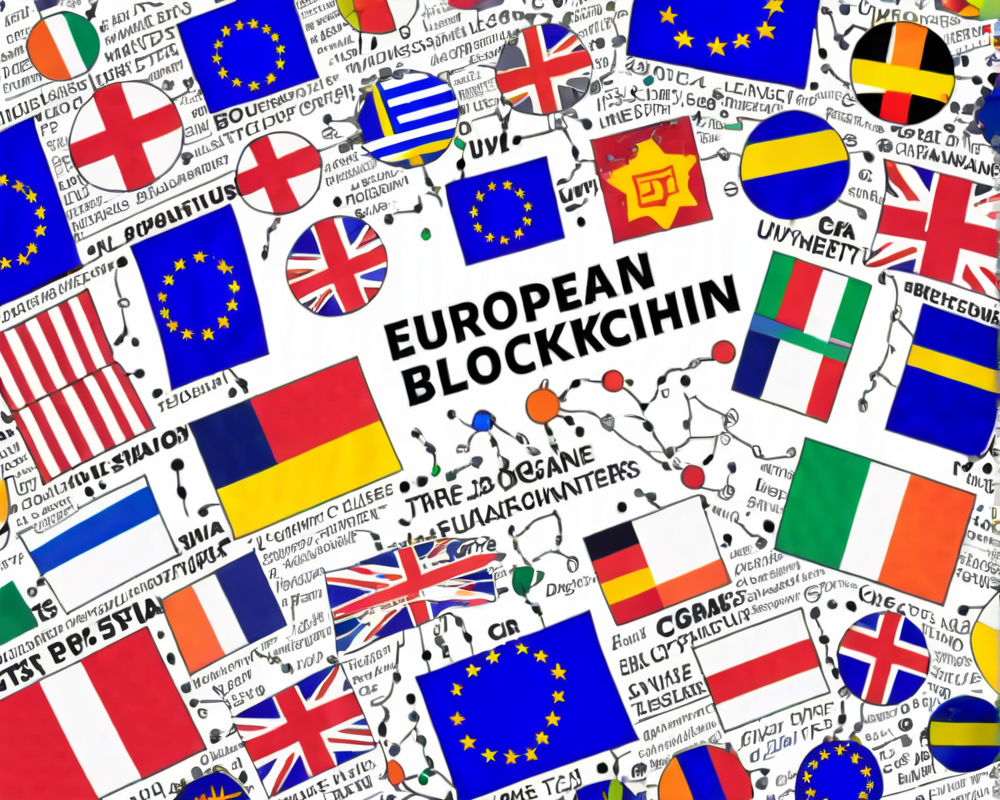Unraveling the European Blockchain Journey
In February 2018, the European Commission (EC) kicked off its blockchain adventure with the launch of the EU Blockchain Observatory and Forum. This initiative aimed to get European economies united around the blockchain bonfire. Fast forward as this tech trend transforms from a potential energy drink into a full-blown buffet, eager patrons from 22 countries signed the European Blockchain Partnership, pondering how to feast while still complying with EU regulations.
Reports Worth Their Weight in Crypto
Following the launch, the EU promptly rolled out a trio of thematic reports. The first, released in July, touted Europe’s blockchain innovation, while the second, hot off the October press, detailed the intersection of blockchain technology and GDPR. By December, the focus shifted to government services, confirming that DLT is here to stay and perhaps throw a party at the public service department.
Economic Impact: Dollars on the Table
ResearchAndMarkets.com forecasted that the EU’s investment in DLT-related projects would leap from a modest $94 million in 2018 to a whopping $386 million by 2020. Talk about a buffet! The EC is lightening the regulatory load, with a task force poised to dish out blockchain expertise.
Healthcare: Blockchain’s Grand Entrance
The health sector is leading the way in proposing blockchain applications, such as the EU-funded My Health My Data (MHMD). Imagine a world where your medical records aren’t scattered like confetti after a party. This initiative aims to ensure safe and efficient storage of medical data, bringing a splash of efficiency and control to patients, personally overseeing who gets a peek at their data. It’s like GDPR but with a healthy dose of tech magic.
Finance: A New Age of Transparency
Meanwhile, the financial sector eagerly anticipates the benefits of DLT. Blockchain has the power to trim down transaction costs and eliminate the lurking hidden fees in our financial diets. The European Parliament is dialing into the crypto conversation, requesting insight on the volatility of these digital assets and urging the regulation of ICOs. As tumultuous as a roller coaster, cryptocurrencies present both risk and reward. Establishing clear legal frameworks could keep investors from fainting at the first dip.
The Bright Side of Blockchain: A Vision for the Future
Though the political implications of the DLT resolution in the EU can be considered more of an advisory pat on the back, many tech firms are eager to fuel this blockchain revolution. The new ‘Blockchain for Europe’ association acts as a torchbearer for mainstreaming blockchain. However, the inconsistency in the regulatory environment across nations could impact Europe’s quest to become a leader in DLT. Additionally, with countries like Switzerland serving as a beacon of friendly regulations, the EU might need to turn its eyes inward and amp up legal frameworks.




